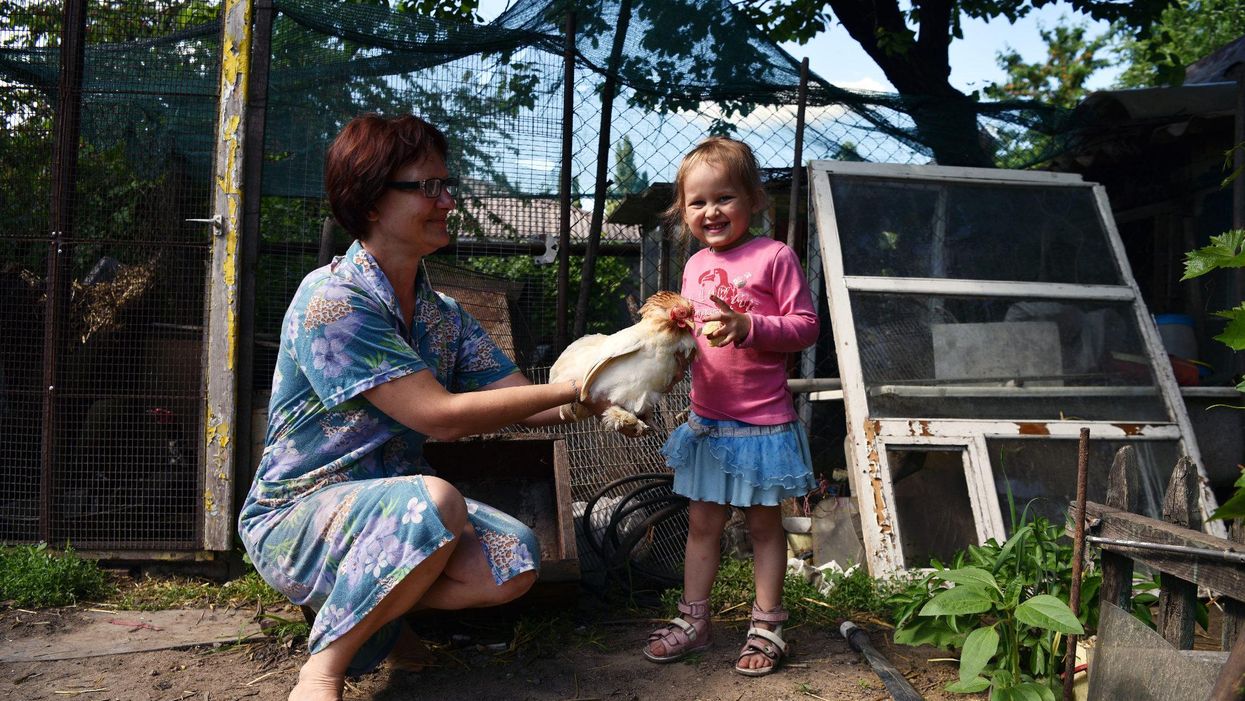
A recent global study found almost 90% of free-range egg samples from contaminated sites in developing nations exceeded the European Union (EU) maximum food limits for toxic pollutants. Plastic waste is a major contributor to the pollution.
Dioxins and dioxin-like polychlorinated biphenyls, commonly known as PCBs, are persistent organic pollutants, or POPs, that spread easily in the environment, accumulate in the food chain, and take years to biodegrade. They are linked to health effects such as cancer, hormone disruption, and alterations on brain development. While the global Stockholm Convention has regulated these kinds of chemicals since 2004, this study illustrates that dioxins and PCBs still pose major health threats to children and families around the world. The new study comes on the heels of a report that found most countries are failing to manage PCBs, and are far from achieving the Stockholm Convention goal of safe PCB management by 2028.
Food is the most common exposure pathway for POPs to humans. People are often exposed through fatty foods such as poultry, seafood, meat, milk, and eggs. Being the cheapest animal protein source with the lowest environmental impact, eggs are an important source of nutrition for poor people around the world. Yet, at the same time, the researchers describe them as the most sensitive exposure pathway because chickens feed on contaminated soil and ash every day, and transfer POPs to their eggs. People, especially children, eating just one egg a day, can easily exceed health-based values set by the World Health Organization and the EU.
For the study, researchers analyzed 113 groups of egg samples from free range chickens living near commercial and dump sites in developing countries, using sampling data from the International Pollutants Elimination Network and Arnika, a Czech environmental non-profit. “We have been collecting egg samples and mapping hotspots for almost 20 years with the International Pollutants Elimination Network, a network of more than 120 countries around the world,” Jindrich Petrlik, the lead author and director of Arnika, told EHN.
About 88% of sampled eggs exceeded the EU regulatory limit for dioxins and PCBs. In addition, 14% of egg samples exceeded the EU food limits by more than 10 times. The sample with the highest contamination came from eggs produced near an e-waste site in Ghana, at 264-times the EU food limit for dioxins. A child eating one egg from this site is exposed to more dioxins than the tolerable limit for five years.
Plastic fuels the fire

The researchers found extremely high egg contamination at sites that burned plastic. For example, the e-waste site in Kenya with the overall highest contaminated egg samples openly burns plastic. Samples from a tofu factory in Indonesia that uses plastic as fuel for burners yielded very high contamination levels as well. There were also two sites in Java with high levels, in all of these cases,e chickens consumed ash from the burning plastic waste.
When burned, plastics release a large amount of dioxins because they have chlorinated compounds, like PVC, which is used to insulate copper cables. Burning PVC with copper and other metals speeds up the reaction and releases a large amount of these toxins. Furthermore, burning plastic can release more than 2,400 other hazardous chemicals, as well as greenhouse gasses that contribute to climate change.
The Stockholm Convention suggests substituting PCV in plastic to prevent creation of dioxins. However, after 20 years of the treaty, no major replacements have been introduced. According to Petrlik, this is because the chlorine industry is powerful enough to influence policy and avoid PVC substitutions.
“This needs to be an important part of the new treaty on plastics,” Petrlik told EHN, “if we forget to talk about contamination from plastic disposal, then the treaty definitely won’t address the whole problem.”
Suggested solutions to reduce contaminated eggs
The authors also offer several solutions including:
- Reducing overall plastic use and placing export restrictions on plastic waste and e-waste.
- Compensating farmers and affected populations by applying the “polluter pays” principle.
- Strengthening soil contamination limits, as the analysis found highly contaminated eggs even in soils under regulatory contamination limits.
- Building capacity for developing countries to control industrial releases and monitor human exposures from contaminated areas.
- Improved management and tracking of POPs waste and pollution.




